The NFT trading volume decline has taken a dramatic turn, plummeting 63% since December as the market faces unprecedented challenges. This downturn highlights significant NFT market trends and reveals how enthusiast interest has waned, with trading values dropping from $1.36 billion in December to just $498 million by February. Not only are NFT trading statistics indicating a weaker market, but the decline in NFT sales also casts a shadow over future investments in digital assets. Despite these figures, certain collections manage to thrive amidst the chaos, showcasing some resilience within the industry. Meanwhile, the rise of artificial intelligence (AI) in web3 is perhaps one of the factors impacting the NFT landscape, as it becomes the fastest-growing segment, pushing traditional sales and engagement to the sidelines.
In recent months, there has been a noticeable downturn in the trading of digital collectibles, marking a significant shift in the landscape of virtual asset transactions. This emerging trend reflects broader market dynamics, where interest in decentralized finance and NFT technologies seem to be plateauing. As the figures reveal a notable drop in sales, it appears that alternate digital platforms and innovations, particularly those integrating artificial intelligence, are reshaping user engagement and investment behaviors. As trading volumes falter, the questioning of sustainability within this sector arises, prompting discussions about the future viability of non-fungible tokens. The performance of select collections and the growth of AI-driven applications present a contrasted yet compelling narrative as the industry navigates these turbulent waters.
Understanding the Decline in NFT Trading Volume
The NFT trading volume decline has been significant, with a staggering drop of 63% since December. This drastic reduction highlights the volatile nature of the NFT market, where trading, often driven by trends and investor sentiment, fluctuates dramatically. Reported numbers show that the total trading volume plummeted from $1.36 billion in December to $997 million in January, and further down to just $498 million in February. This decline is punctuated by a noticeable 16% decrease in sales during February, indicating a potentially bleak outlook for NFT sales moving forward.
The decline in NFT trading volume is symptomatic of shifting market dynamics. Factors such as increased competition from artificial intelligence-driven dApps, which are currently witnessing unprecedented growth, play a crucial role. As investors and collectors navigate the NFT landscape, there’s an observable pivot towards AI-enhanced projects, leading to a contraction in traditional NFT sales. Additionally, certain collections, like Pudgy Penguins, continue to thrive amid the downturn, showcasing that not all segments of the NFT market are equally affected.
The Rise of AI in Web3 and its Impact on NFTs
Artificial Intelligence has emerged as the fastest growing sector within the web3 ecosystem, fundamentally altering how digital assets are perceived and traded. Reports indicate that platforms powered by AI are attracting massive user engagement, with specific dApps seeing user growth rates soar by as much as 40%. As these AI innovations continue to capture the market’s attention, traditional NFTs face pressure to adapt or innovate to stay relevant. The integration of AI into NFT projects promises new capabilities and experiences, reshaping user interactions within the web3 space.
The rise of AI-driven NFTs, such as Kaito Genesis, illustrates how technology is transforming the NFT landscape. Partnerships with established brands like Azuki have helped elevate these collections above the standard offerings. As content generation becomes advanced through AI, the valuation of NFTs is increasingly tied to technological innovation rather than mere digital ownership. This trend signifies a pivotal shift as collectors and investors seek out projects that harness AI for added value, potentially leading to a further decline in interest for traditional NFT collections.
NFT Market Trends: A Shift Towards Collectible Performance
Despite the overall decline in NFT trading volumes, certain collections are exhibiting positive trends. For instance, the Pudgy Penguins collection saw an impressive 25% increase in sales, defying the prevailing market downturn. This anomaly suggests that collectible performance can vary widely even in bearish conditions, with innovative marketing strategies and community engagement playing vital roles in sustaining interest and sales. Understanding these micro-trends within the broader context of NFT market dynamics is crucial for investors and creators alike.
Moreover, the performance of popular collections like Doodles, which is generating buzz through the announcement of a new Solana-based currency, shows that strategic releases and cross-chain initiatives can pave a path for success, even amid declining momentum in the NFT sector. Such trends emphasize the importance of adaptability and market responsiveness in the evolving NFT landscape, bening critical for ensuring longevity and sustainability in trading.
Navigating the Challenges of Declining NFT Sales
As the NFT market faces a decline in sales, stakeholders must address the challenges presented by this downturn. The reported 16% drop in sales from January to February suggests a loss of enthusiasm among collectors, who might be reassessing their investment strategies in light of shifting market trends. Understanding these challenges requires an analysis of not only trading volume but also the underlying factors such as market demand, technological advancements, and cultural relevance of the assets in question.
To mitigate the impact of declining NFT sales, creators and platforms need to actively engage with their communities, providing value beyond mere ownership. Initiatives may include exclusive events, enhanced utility for NFTs, or collaborations with influencers in the web3 space to revitalize interest. Remaining attuned to shifts in consumer behavior will be essential for sustaining market viability as the landscape continues to evolve.
The Impact of Unique Active Wallet Growth on the NFT Ecosystem
A notable increase in unique active wallets, particularly among AI-centric dApps, signals a shift that may be impacting the NFT ecosystem. Platforms such as LOL have reported a remarkable 40% growth in users, which may contribute to the reallocation of financial resources from traditional NFT projects to emerging AI-focused initiatives. This influx of users into AI spaces suggests a growing appetite for innovation and advanced functionalities in the blockchain realm. This trend could further exacerbate the declining NFT trading volume as participant interest spans across diverse applications.
As the NFT market grapples with significant changes in user engagement, it is clear that the emergence of AI-driven applications is reshaping user expectations. The reported massive growth of active users in AI dApps indicates a potential shift in the types of digital assets that investors might prioritize in the future, potentially sidelining traditional NFTs. Understanding this shift will be crucial for NFT projects aiming to retain relevance amidst evolving market preferences.
Decentralized Finance and Its Effects on the NFT Sector
The decline in total value locked (TVL) within the decentralized finance (DeFi) sector has sent ripples through various aspects of the blockchain ecosystem, including the NFT market. A drop from $217 billion to $168 billion marked a significant contraction between January and February. As liquidity decreases in the DeFi market, the interconnectedness with NFT liquidity becomes evident, leading to constraints that affect NFT trading activities. Essentially, as fewer funds circulate within the DeFi sector, there’s a broader impact on investments in NFTs.
Furthermore, the challenges faced by DeFi have the potential to deter speculative investments in NFT projects as traders become more risk-averse. With a substantial decline in liquid staking activities, the overall confidence in investing within the blockchain domain has waned. Understanding these correlations is crucial for NFT stakeholders, who must navigate these interconnected markets to formulate strategies that can weather the impact of the unfolding DeFi landscape.
Why Certain NFT Collections Continue to Thrive
Despite the overall downturn in NFT trading, some collections are defying gravity, demonstrating resilience amid market turbulence. Collections such as Pudgy Penguins are experiencing increased sales, indicating that unique community engagement strategies and brand loyalty can create a buffer against broader market declines. These high-performing collections often focus on fostering strong communities, which enhances the collectible value of their assets in uncertain times.
Moreover, the success of select NFT projects highlights the importance of innovation and timely offerings. For instance, Doodles’ plans to launch a new cryptocurrency have generated renewed interest, attracting users back to their ecosystem. These distinctions between high-performing and struggling NFTs underscore the necessity of strategic planning and creative input that align with market trends. Understanding what drives success in challenging conditions can provide valuable insights for other content creators in the NFT space.
Emerging DApp Growth: A Catalyst for Change in NFTs
The rapid growth of decentralized applications (dApps) is significantly transforming the NFT landscape. With AI-focused dApps gaining traction, the environment for NFTs is in flux as users turn to innovative platforms that offer more than standard trading experiences. The integration of advanced technologies has led to robust user engagement, reimagining the purpose and utility of NFTs in the blockchain ecosystem. dApp growth represents a powerful catalyst for change, pushing traditional NFTs to evolve or risk becoming obsolete.
As dApps continue to capture attention and user interest, particularly among younger audiences, NFT projects are compelled to rethink their approaches to value delivery. A notable shift towards emphasizing utility over mere ownership will be necessary for traditional NFTs to remain competitive. Institutions and creators must therefore align with this emerging trend and innovate accordingly to ensure they captivate users within the expanding universe of decentralized technologies.
Preparing for Future Trends in the NFT Market
As the dust settles on the current NFT market dynamics, it’s crucial for stakeholders to prepare for future trends that may shape the landscape. Although a decline in NFT trading volume suggests a challenging environment, it’s essential to recognize the cyclical nature of asset markets. Historically, periods of adjustment often open the door for new innovations to blossom and for existing brands to reinvent themselves. Staying informed about emerging technologies, such as AI and their application in NFTs, can provide valuable foresight into potential shifts.
Anticipating future trends also involves critical market analysis and community engagement. Effective strategies will depend on understanding the needs and behaviors of collectors and enthusiasts who drive market activity. By fostering genuine interactions and harnessing data-driven insights, NFT creators and platforms can position themselves to take advantage of new opportunities that may arise as the market stabilizes and evolves in response to changing consumer landscapes.
Frequently Asked Questions
What factors contribute to the decline in NFT trading volume?
The decline in NFT trading volume, which has dropped by 63% since December, can be attributed to several factors. The decline in NFT sales reflects a broader market weakness, with a noted 16% decrease in sales in February. Additionally, the rise of artificial intelligence dApps as the fastest growing sector in web3 has drawn attention away from traditional NFT collections, impacting overall trading volume and engagement in the NFT market.
How does the trading volume decline affect NFT market trends?
The decline in NFT trading volume significantly influences NFT market trends by indicating a shift in investor interest and spending behavior. With trading volume falling to $498 million in February, it showcases a reduction in activity, which may lead collectors and investors to reassess their strategies. This decline also highlights the increasing prominence of AI in web3, showing that emerging technologies can impact established market sectors like NFTs.
Are there any NFT collections still thriving despite the overall decline in trading volume?
Yes, despite the overall decline in NFT trading volume, certain collections like Pudgy Penguins have seen increased sales, registering a 25% rise even amidst a tough market. The performance of these collections indicates that while general sales are down, specific projects can still thrive, adapt, and capture consumer interest, maintaining market activity.
What are the implications of decreased NFT trading statistics for new investors?
Decreased NFT trading statistics, highlighted by a 63% decline since December, imply that new investors should approach the market with caution. The weakening trading volume suggests increased volatility and potential risks. However, it also presents opportunities to identify undervalued assets or emerging collections poised for recovery or growth, especially given the interest in AI-powered NFTs.
How does the rise of AI in web3 correlate with the decline in NFT sales?
The rise of AI in web3, particularly with AI-based dApps becoming the fastest growing sector, correlates with the decline in NFT sales by shifting investor focus and diminishing interest in traditional NFT trading. As users flock to AI-generated content and applications, the NFT market experiences reduced attention, leading to a significant drop in trading volumes.
What does the future hold for NFT trading volume amidst dApp growth?
The future of NFT trading volume will likely continue to be affected by the growth of dApps, especially those harnessing AI technologies. As platforms like LOL and Evermoon attract millions of users and change user engagement patterns, the NFT market may see a resurgence if it can integrate these trends or adapt to the new technological landscape. However, ongoing monitoring of trading statistics will be crucial for insights into market recovery.
| Key Points |
|---|
| NFT trading volume dropped by 63% since December, from $1.36 billion to $498 million by February 2025. |
| February 2025 saw a 16% decline in NFT sales, indicating a weakening market. |
| Despite the overall decline, certain NFT collections like Pudgy Penguins saw a 25% increase in sales during this period. |
| AI-powered NFT collections such as Kaito Genesis gained traction, with its floor price rising to 7.65 Ethereum. |
| AI dApps have emerged as the fastest-growing sector in web3, reflecting changing trends and market dynamics. |
| The decentralized finance (DeFi) market is similarly affected, with total value locked (TVL) dropping significantly as well. |
Summary
NFT trading volume decline has been a significant trend, with a stark 63% drop since December 2024. The NFT market faces challenges as new technologies and sectors, particularly artificial intelligence, rise in prominence. Despite some collections performing well, the overall sales figures demonstrate the market’s vulnerability. As traditional NFTs struggle, it may be time for investors to explore the growing potential of AI-driven projects and other innovations within the web3 space.
The NFT trading volume decline has become a hot topic in the digital assets landscape, showcasing a staggering 63% decrease since December of last year. As reported by DappRadar, this drop saw trading figures plummet from $1.36 billion in December to merely $498 million by February. This significant downturn is further underscored by a 16% reduction in sales, raising concerns about the overall health of the NFT market. Despite these troubling NFT trading statistics, some collections, like Pudgy Penguins, have managed to buck the trend with a notable 25% increase in sales. As the NFT market trends signal a shift, the rise of AI in web3 and the growth of decentralized applications (dApps) may reshape the future of digital trading activities.
In recent months, there has been a noticeable downturn in the market for digital collectibles, commonly referred to as NFTs. This decline in NFT sales is not just a minor slip; it reflects broader trends in the digital economy, hinting at changing consumer behaviors and a shifting horizon in the world of virtual assets. As interest transitions toward the rapidly evolving sector of artificial intelligence, the trading activities around non-fungible tokens have significantly diminished. New data illustrates how trading volumes have slumped, resulting in an environment ripe for alternative digital investment options. Consequently, as traditional NFT markets face challenges, the surge of AI-driven applications seems poised to redefine engagement in this space.


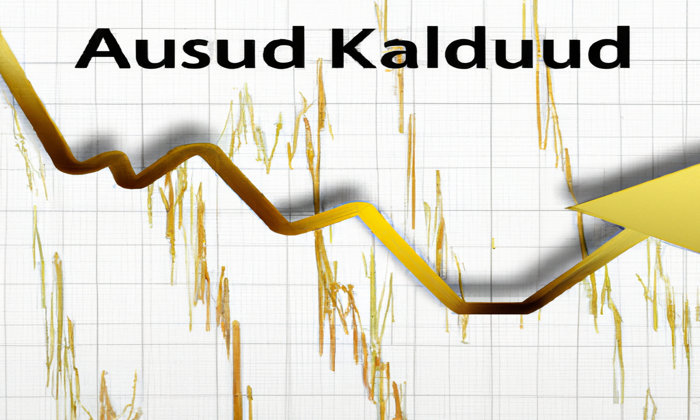

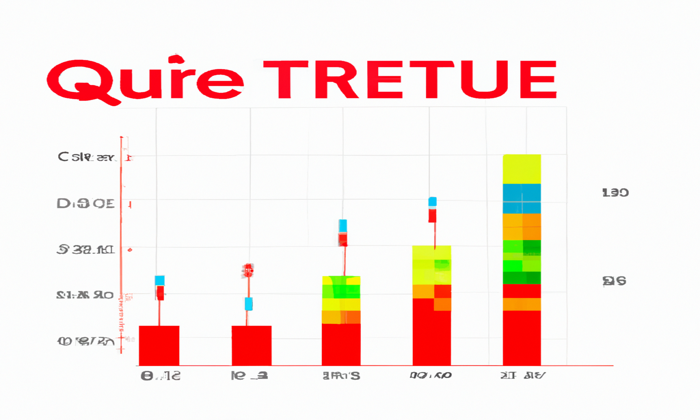






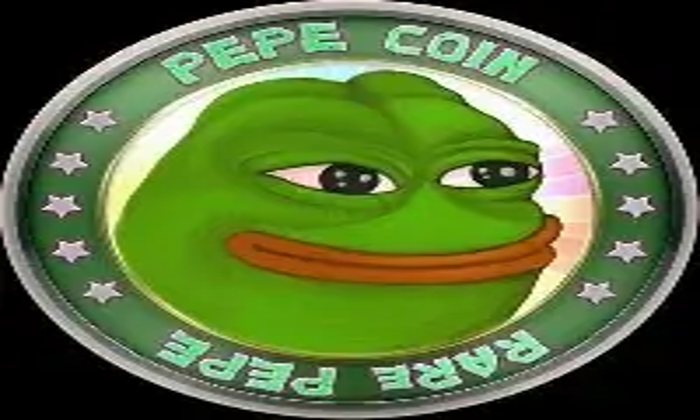
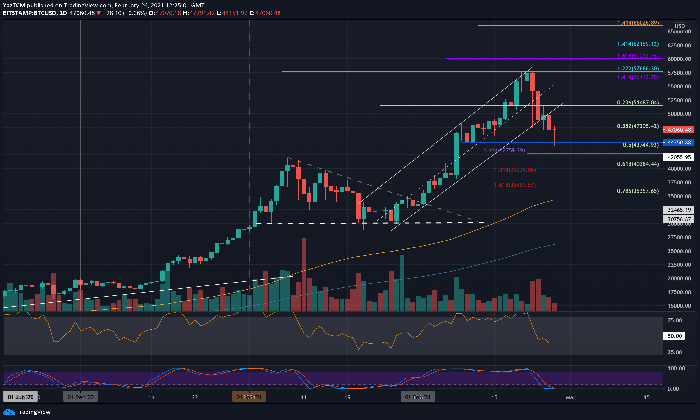
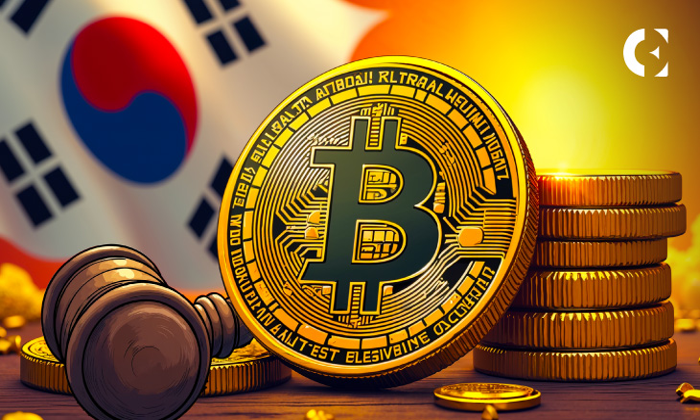
Leave a Reply